Wide angle lenses are the most prefered camera accessory for photographers exploring vast landscapes and architecture. Camera makers usually bundle lenses with widest focal length if 28mm or 24mm in some cases, which is not enough in most cases.
While these basic set of lenses turn out to be sheer a disappointment in most cases, the wide angle lenses offer more than just a practical benefit of a wider angle of view. It can do a lot more than what the basic 28mm lens fails at doing.
If you are a Canon user, we have picked the best wide-angle lenses for you right here. Nikon DSLR users can stay here and continue reading.
Nikon DSLRs split into two groups. The beginner/enthusiast models up to the D500 have APS-C sized sensors (Nikon calls them 'DX' format), while models from the D610 up have full frame sensors (FX format).
As with Canon DSLRs, you need to choose a lens to suit the sensor size, because a full-frame super-wide-angle lens won't give you such a wide angle of view on an APS-C format camera.
The difference here, though, is that you can use smaller DX format lenses on full frame FX bodies, albeit in a reduced resolution 'crop' mode. It's not ideal, but if you do get any of these lenses for your DX Nikon and then upgrade to an FX Nikon later, you'll still be able to get some use out of them.
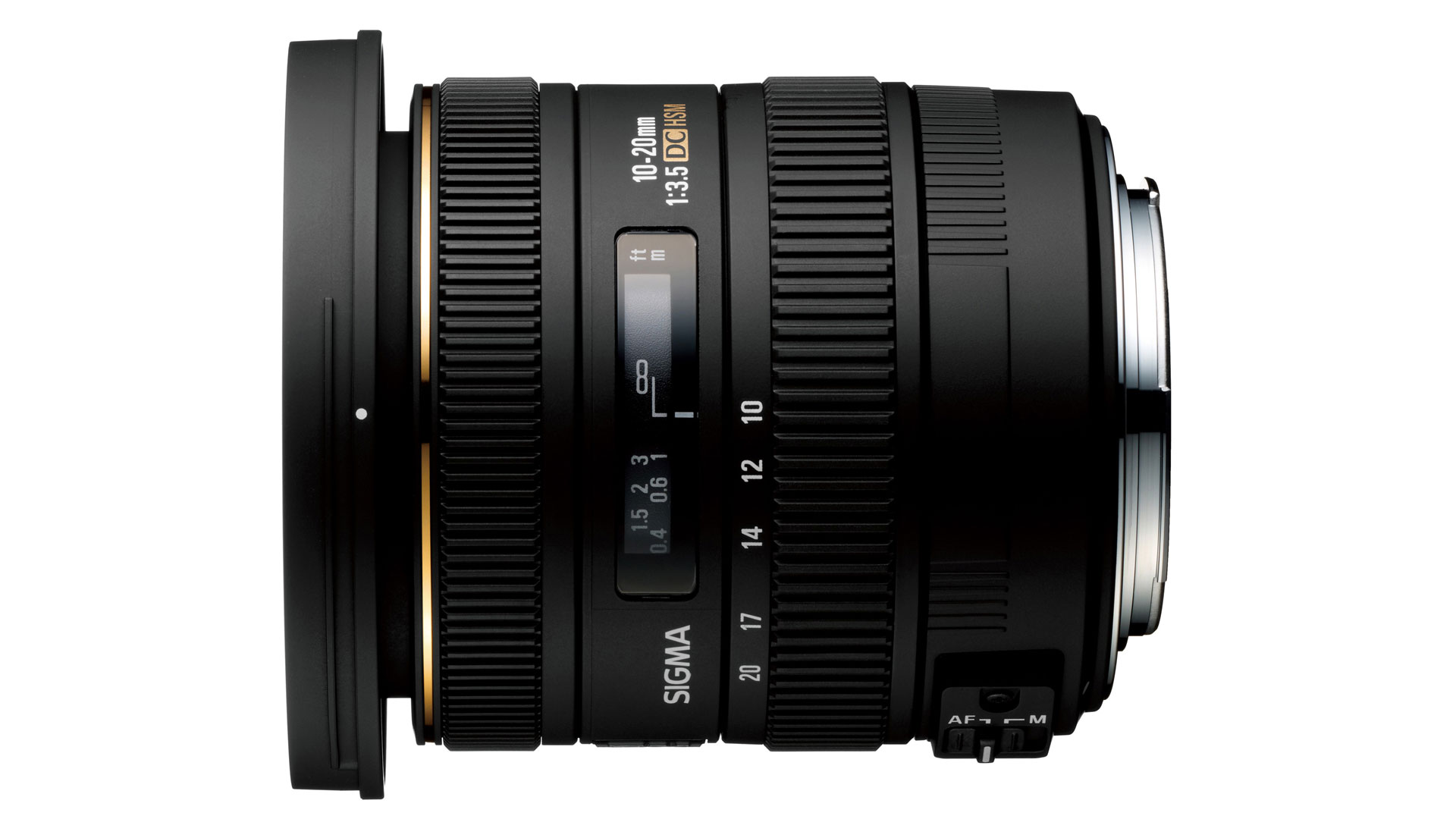
This lens is newer, bigger and better than Sigma's original 10-20mm, which is still on sale. This one has a constant f/3.5 maximum aperture, yet it's now only a little more expensive than its predecessor. It's a professional-grade lens with fast and quiet ring-type ultrasonic autofocus and a seven-blade diaphragm. It's quite a chunky lens, though, and features a large 82mm filter thread. Sharpness and contrast are excellent, though, and it's also very consistent throughout the zoom range. Colour fringing is very well controlled, and distortion is only really noticeable towards the shortest end of the zoom range. A superb lens that's also great value for money.
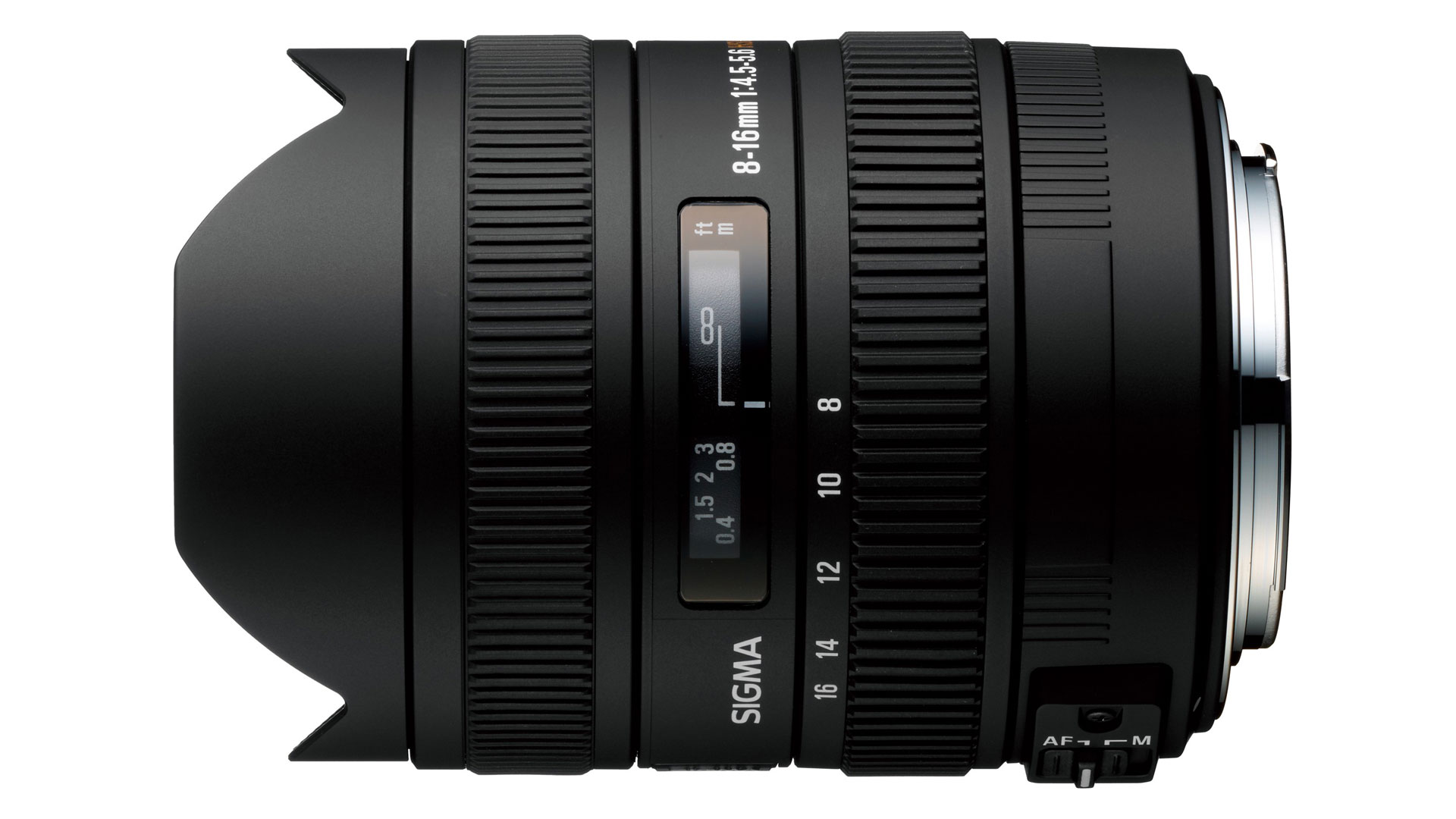
The Sigma 10-20mm f/3.5 (above) is a bit of a modern classic because of its specs, performance and price, but if you want a lens that's wider still, then take a look at this Sigma 8-16mm. It only has a 2x zoom range, but at these focal lengths the extra 2mm at the wide-angle end of the zoom range makes a big difference to the angle of view. The Sigma 8-16mm is quite long because the hood is built into the lens barrel, but the build quality is very good, with a smooth-acting zoom ring and ring-type ultrasonic autofocus system. One downside of the ultra-wide angle of view is that barrel distortion at the short end of the zoom range is more noticeable but this lens is unbeatable if you're after the widest possible view.

As with many own-brand lenses, the Nikon 10-24 is expensive compared to similar spec third party lenses. In its favour, it has a class-leading 2.4x zoom range, which it shares with the Tamron 10-24mm lens, although the Tamron is little more than half the price. The Nikon's build quality and construction is good, though, with ring-type ultrasonic autofocus which delivers fast, snappy AF – and the handling is excellent. The medium-aperture sharpness is no more impressive than in most other rival lenses, but the Nikon does retain sharpness at wide apertures particularly well, and stays sharp into the corners of the frame. Vignetting is also quite well controlled.
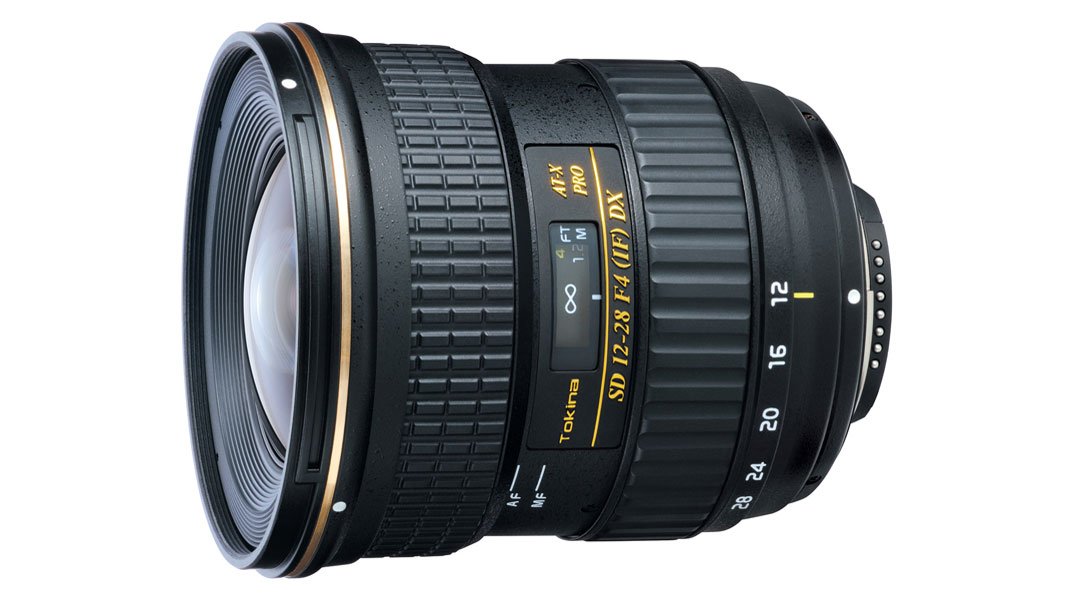
With a minimum focal length of 12mm, this Tokina lens can't go quite as 'wide' as most of its rivals, but it does offer a longer maximum zoom setting which makes it more of an all-rounder that you could leave on the camera more of the time. It feels reassuringly robust and has Tokina's new SD-M (Silent Drive-Module) autofocus, which is based on a GMR (Giant Magneto Resistance) system. It still lacks full-time manual override, but you can quickly switch between AF and MF via a simple control in the focus ring. The amount of barrel distortion is disappointing at the shortest zoom setting, but it's practically non-existent at the long end of the zoom range. Sharpness is respectable, but it isn't quite as good as Tokina's own 11-16mm lens (below).
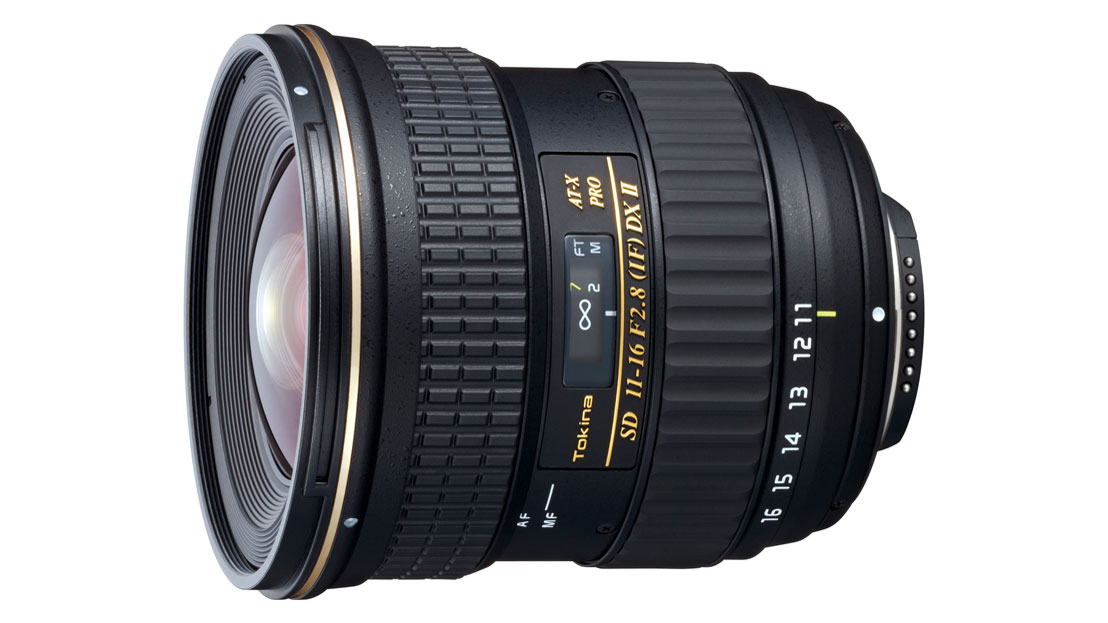
With its comparatively paltry 1.45x zoom range, both the minimum and maximum focal lengths offered by this Tokina lens look unimpressive. But the spec that sets it apart from the rest is its f/2.8 widest aperture, which remains constant throughout the zoom range – it's the one of the 'fastest' super-wide-angle lenses on the market. It's an update of an older model but the latest Mk II edition incorporates an autofocus motor, so it will work with cheaper Nikon bodies like the D3300 and D5500 that don't have autofocus motors built in. Sharpness is good throughout the zoom range, even at f/2.8, though colour fringing is a bit high and distortion levels are slightly disappointing.
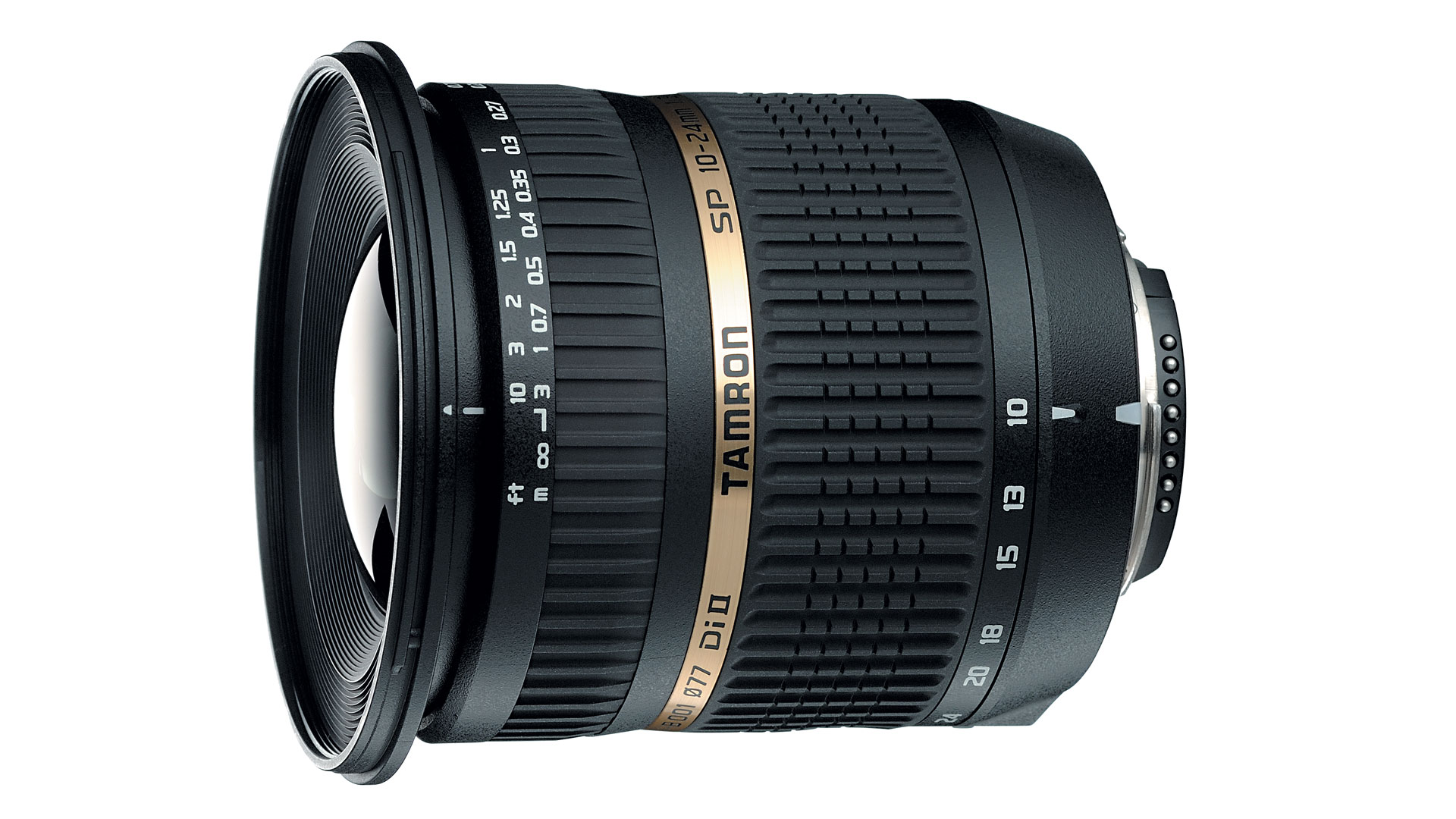
When it was first launched, this Tamron lens set a new 2.4x zoom range record for a super-wide-angle lens. That's since been equalled by the Nikon 10-24mm, though, and the Tokina 12-28mm also comes close. The Tamron does have a built-in electric motor for autofocus but it lacks the refinement of ring-type ultrasonic or stepping-motor systems, and the focus ring rotates during autofocus so you have to keep your fingers clear. Sharpness at the centre of the frame is good, especially at the short end of the zoom range, although the edges and corners of images can look soft. Barrel distortion remains quite pronounced throughout the zoom range. The Tamron is still a decent buy, but the drop in price of the constant-aperture Sigma 10-20mm f/3.5 makes it look less of a bargain and in both specs and performance the Tamron 10-24mm now looks average.
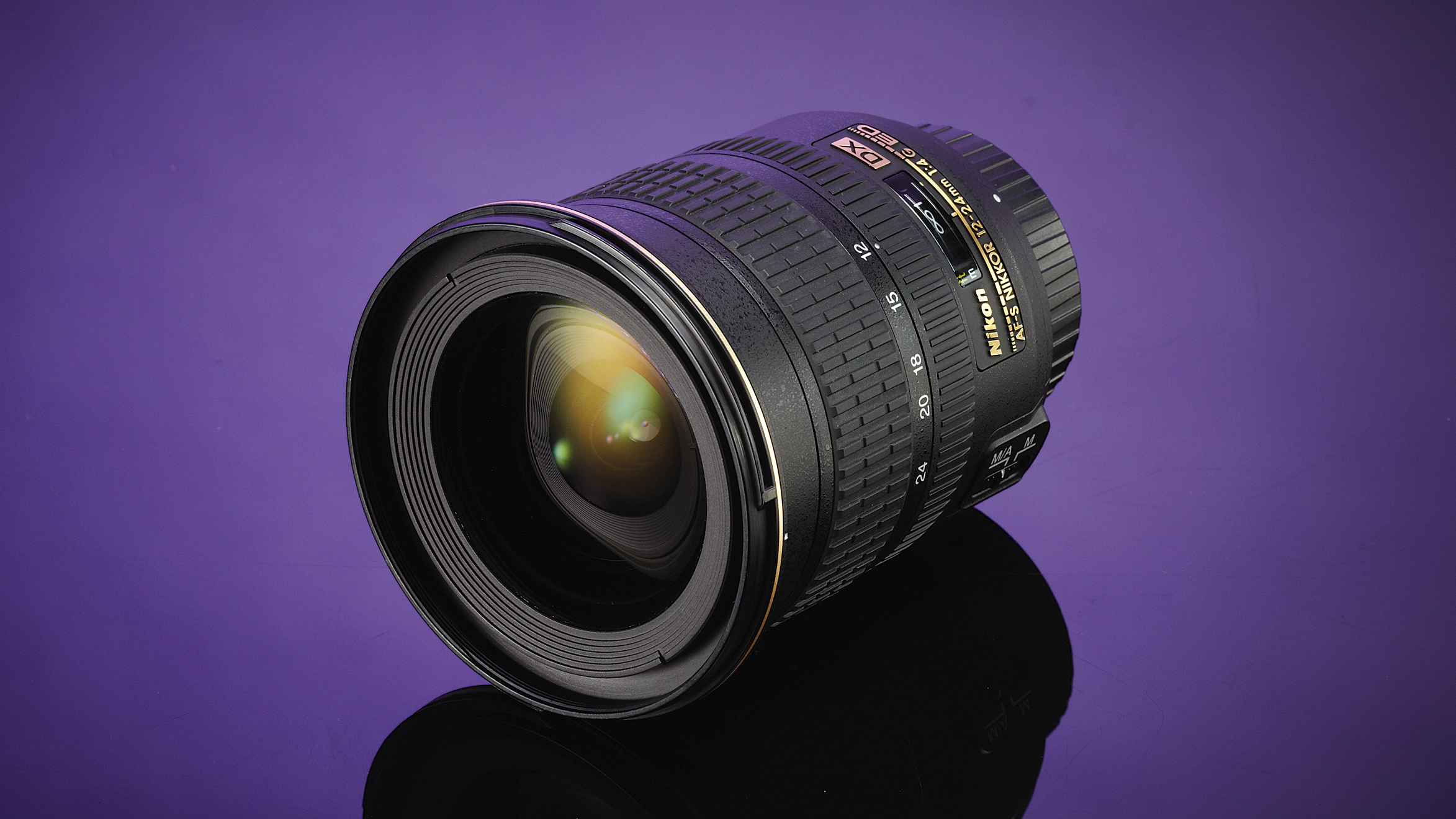
Whereas the Nikon 10-24mm super-wide lens was launched back in 2009, this lens dates from 2003, preceding even the D70 camera which brought DSLR photography to the masses. Even relatively ancient lenses can still be extremely good, and you'd certainly have high hopes for this one, given that it's the most expensive DX-format ultra-wide lens on the market. Features include fast, quiet ring-type ultrasonic autofocus and a constant aperture. Even so, it's a stop slower than the Tokina 11-16mm lens, and the the maximum angle of view is reduced. Considering its high price, performance is disappointing for both sharpness and color fringing. Taking everything into account, the Nikon looks overpriced compared with independently made competitors, as well as its own 10-24mm stablemate.
- Best cameras of 2017: Top 10 cameras for any budget in India
- The 8 best mirrorless cameras you can buy in India
While it is possible to use DX format super-wide-angle lenses on full frame Nikons, it's for emergencies only because the camera has to work in its crop mode, where it loses more than half of its resolution. So as with full frame Canon DSLRs, you need to invest in full frame super-wide-angle lenses to go with your full frame Nikon.
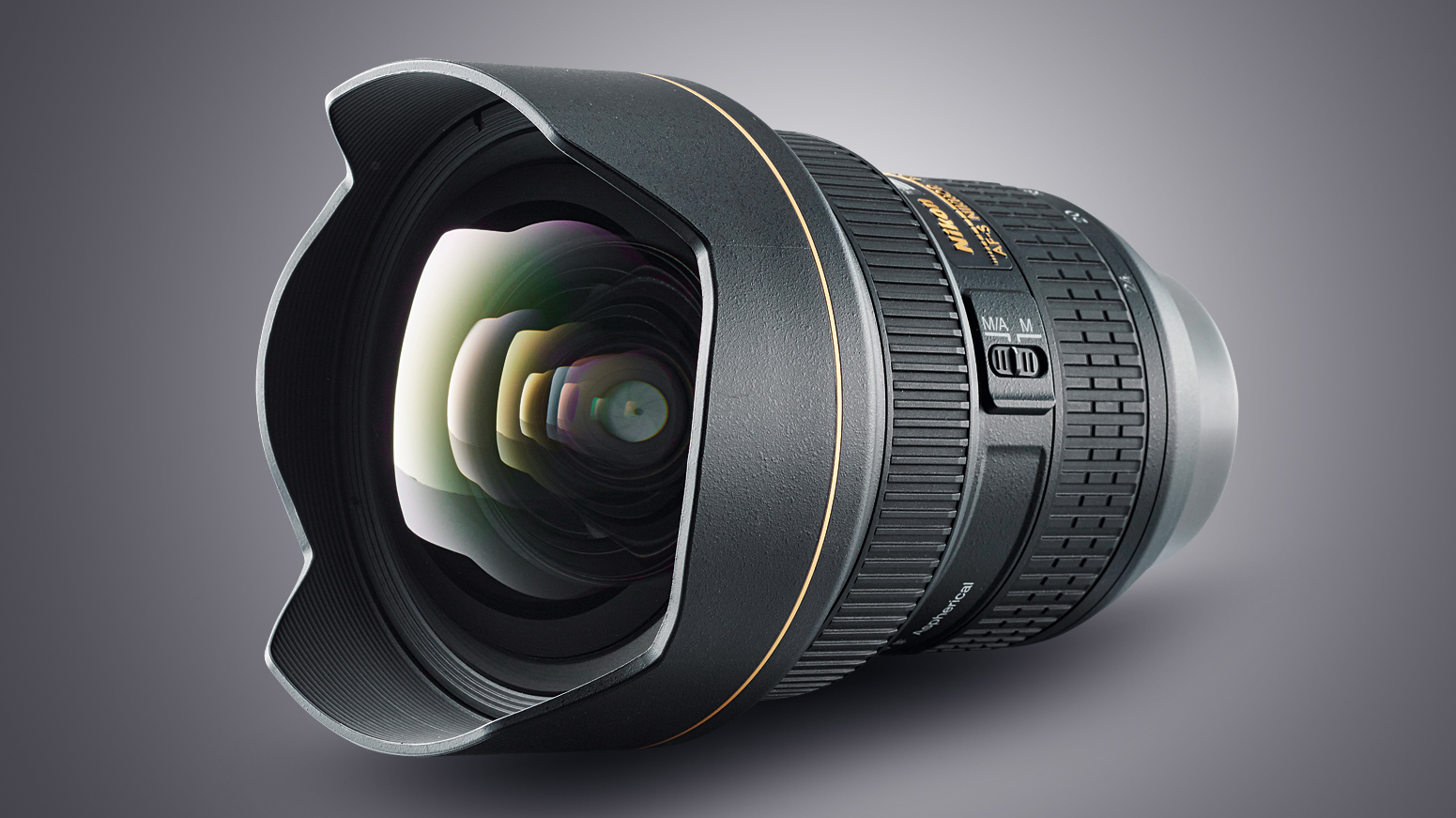
This is Nikon's top super-wide-angle zoom for its full frame DSLRs and it's a stunner. It doesn't quite deliver the widest angle of view, but it comes close, and it does this with a constant f/2.8 maximum aperture and superb image quality – and with a level of distortion and aberration control that's quite remarkable. Of course, this comes at a price, and not just in financial terms. It's not just expensive, it's also big and heavy, with a massively bulbous front element that requires a fixed, petal-shaped lens hood and prevents the use of regular filters. Autofocus is incredibly fast – faster than all its rivals.
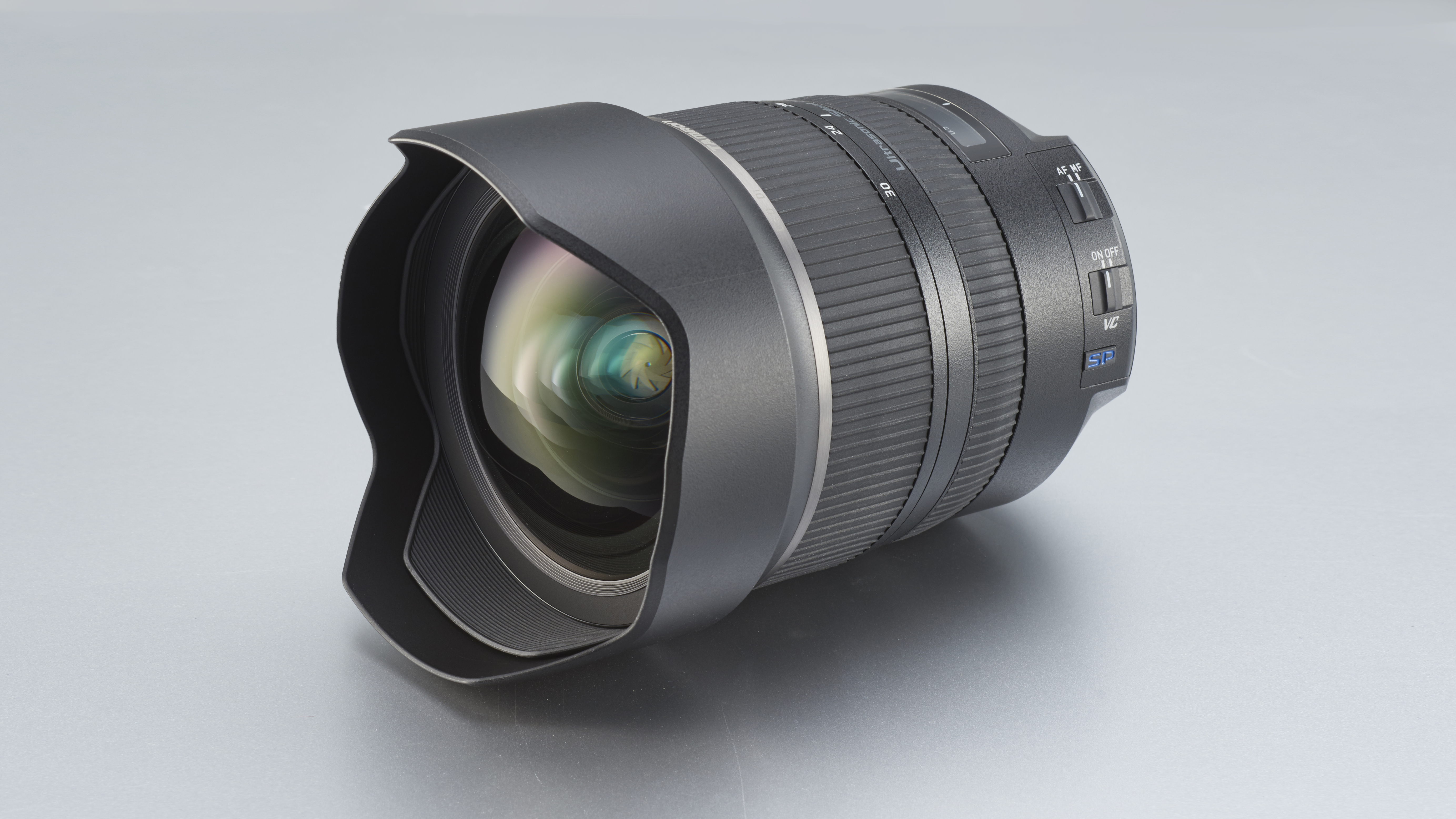
This Tamron lens doesn't go quite as wide as Nikon's 14-24mm, but it's still wider than most. Tamron has developed a line of 'fast' zoom lenses that have a constant, wide f/2.8 aperture, complete with optical image stabilization or VC (Vibration Compensation), and this 15-30mm takes the lineup into super-wide-angle territory, continuing the themes of impressive build quality, weather-sealed design, ring-type ultrasonic autofocus and image stabilization. It's a big lens, but it feels well balanced on full frame Nikon bodies. Sharpness is exemplary from the centre to the extreme edges of images, throughout the zoom range. Colour fringing is controlled well and the VC (Vibration Compensation) gave a four-stop benefit in our tests.
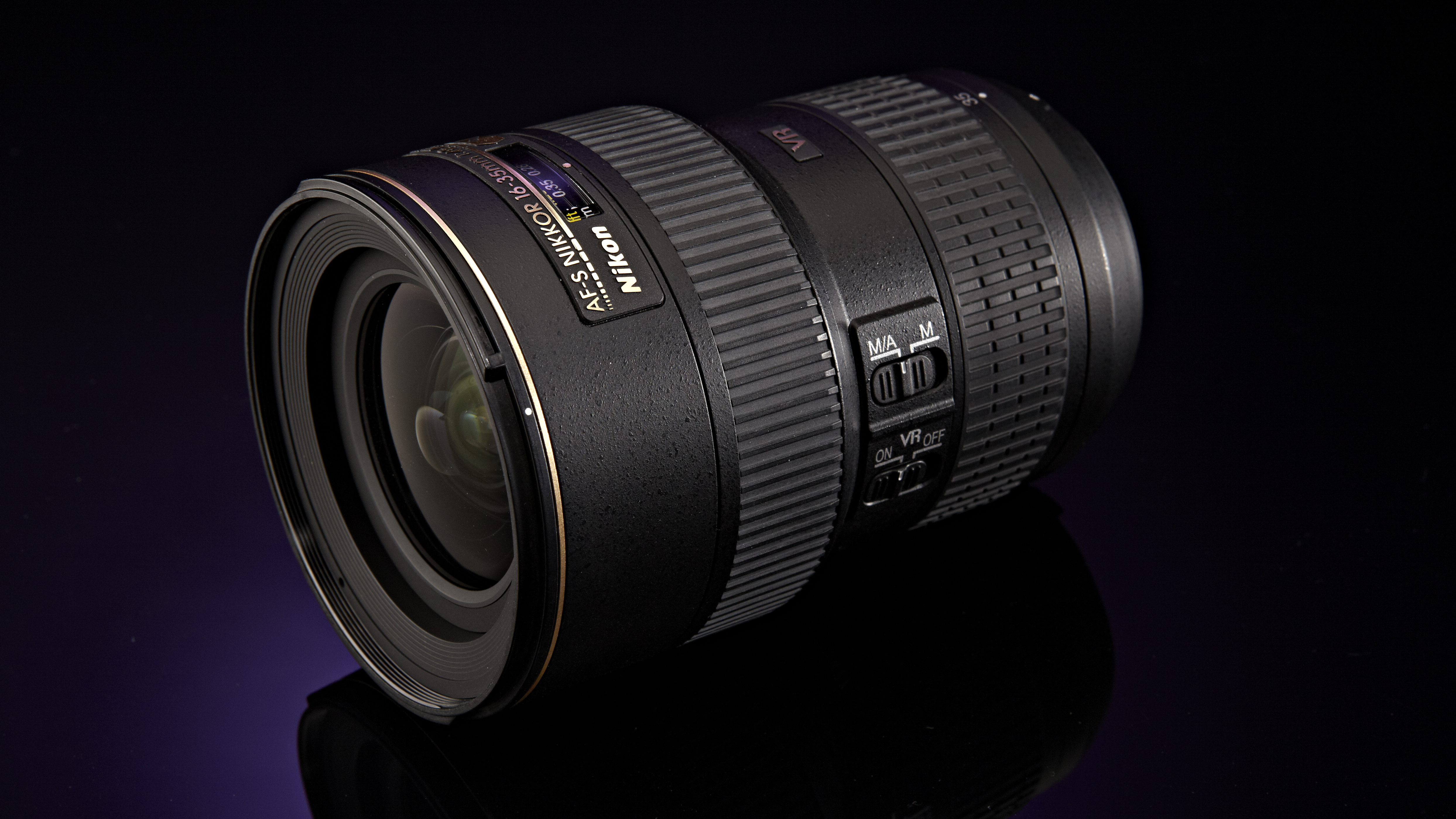
This was Nikon's first ultra-wide optic to feature an optical stabilizer. It's based on Nikon's second-generation VR (Vibration Reduction) system, and gives a four-stop benefit in beating camera-shake. It can't match the focal range and maximum aperture of the Nikon 14-24mm or Tamron 15-30mm, but it has proved a popular, lighter alternative for landscape photographers – especially since you can fit regular filters to the front. Other attractions include ring-type ultrasonic autofocus, a weather-sealed mounting plate and fast, ring-type ultrasonic autofocus which is practically silent and enables full-time manual override. Image quality is good although barrel distortion is very noticeable at the 16mm focal length.
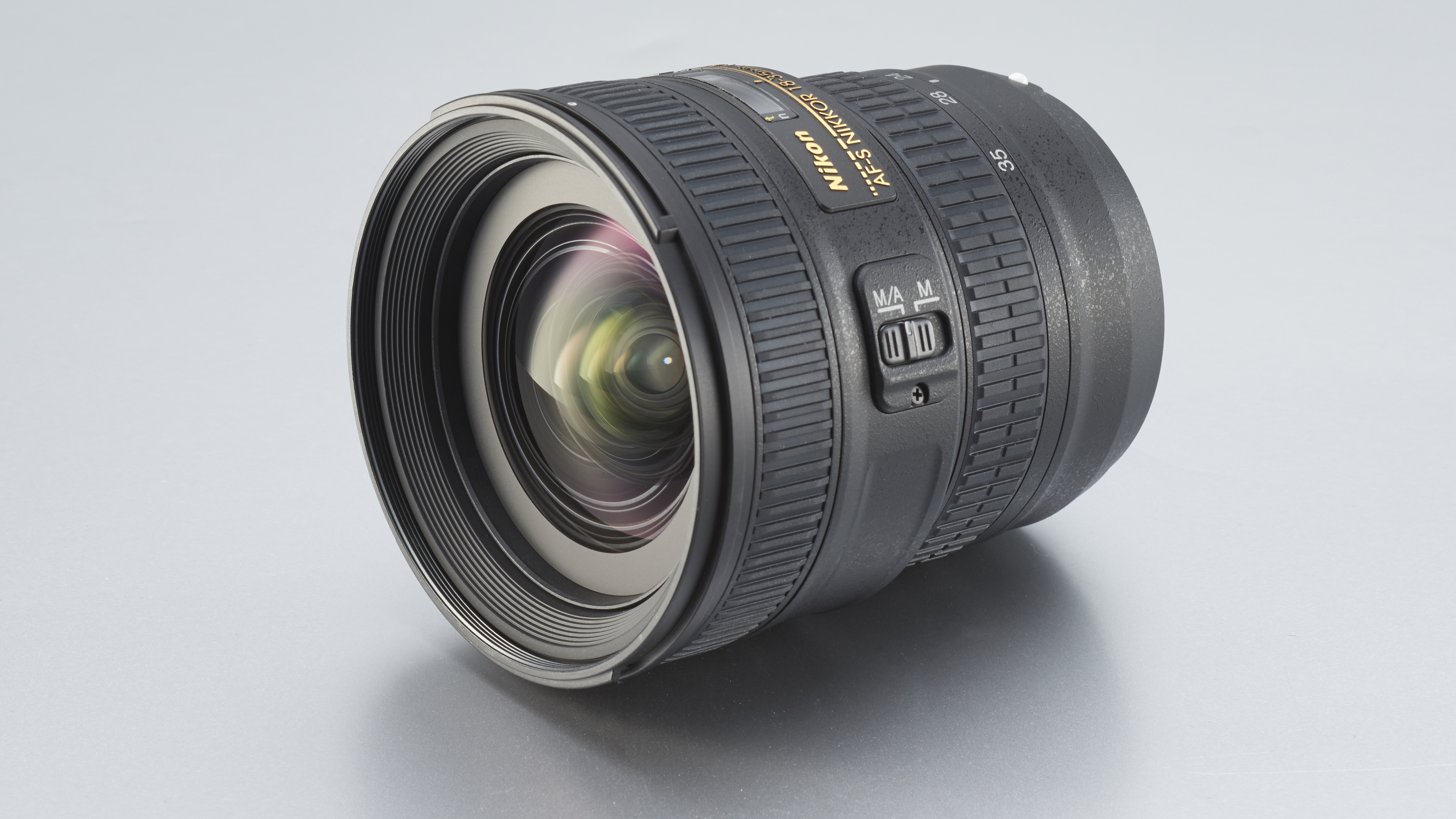
This variable-aperture zoom is smaller and cheaper than the Nikon 14-24mm and 16-35mm lenses. You lose a little in angle of view and the variable maximum aperture is a cost saving that hints at a more amateur audience. This lens also lacks the VR (Vibration Reduction) facility of the Nikon 16-35mm lens, though the overall build quality feels of an equally good standard. Another downgrade is that the 18-35mm lens has Nikon's Super Integrated Coating rather than Nano Crystal Coating, but its resistance to ghosting and flare is still pretty good. Chromatic aberration is very well controlled for a lens in this price bracket and fine detail is generally retained very well even in the extreme corners of images, although overall sharpness at the short end of the zoom range isn't a match for the Nikon 16-35mm.
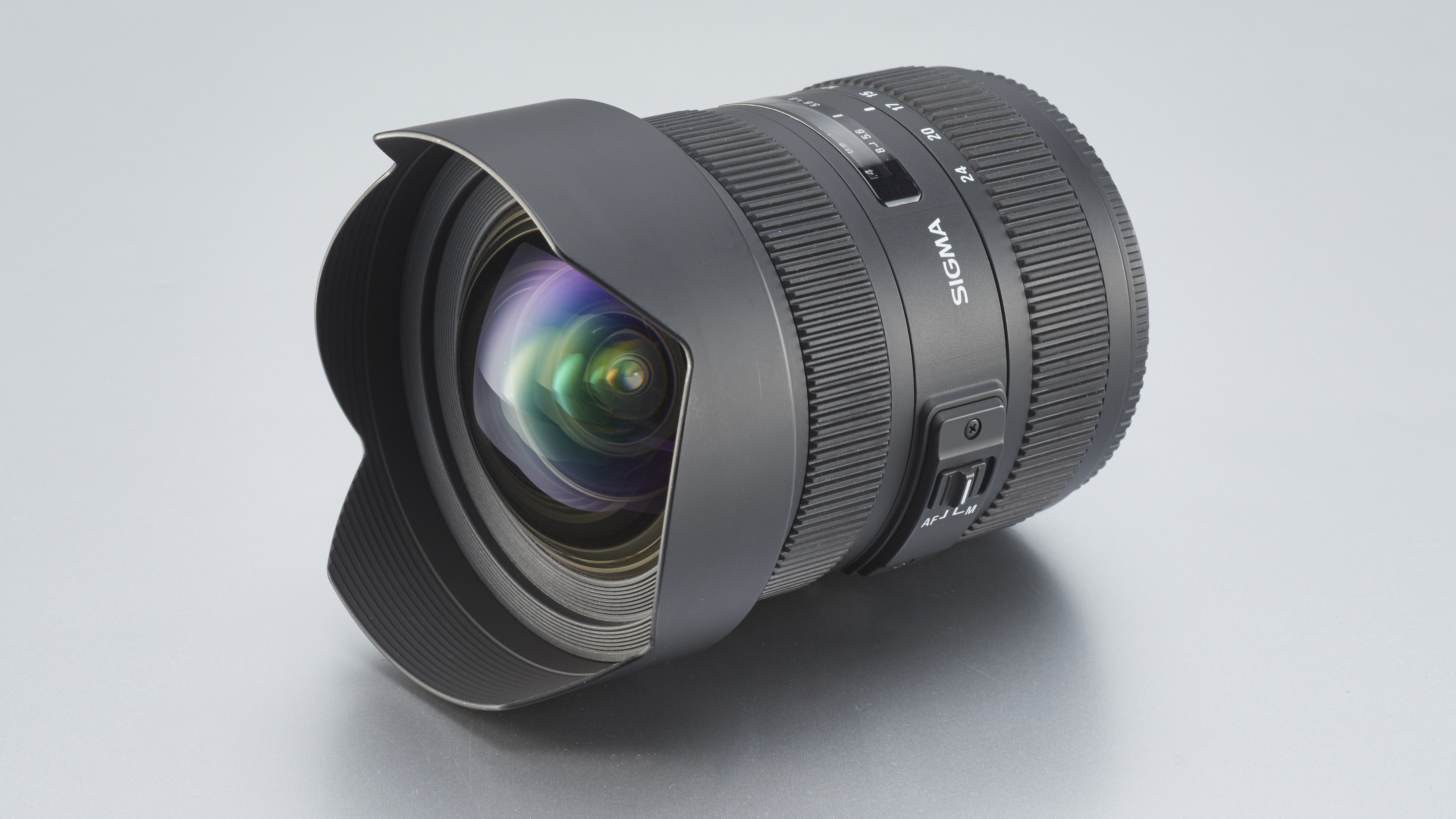
This is like the full frame equivalent of the APS-C format Sigma 8-16mm. With a 122-degree viewing angle at its shortest focal length, the maximum viewing angle is wider than anything else available for full-frame Nikon DSLRs without resorting to a fisheye lens. The Sigma 12-24mm offers ring-type ultrasonic autofocus and delivers excellent center sharpness throughout the zoom range, though this does drop off at the extreme corners of the frame when using wide apertures at very short focal lengths. Barrel distortion is quite well controlled though – this is often a weak point in super-wide-angle lenses. The variable maximum aperture isn't ideal and there's no image stabilizer, but if the maximum possible angle of view is your main requirement, you might want to put this lens up towards the top of your list.
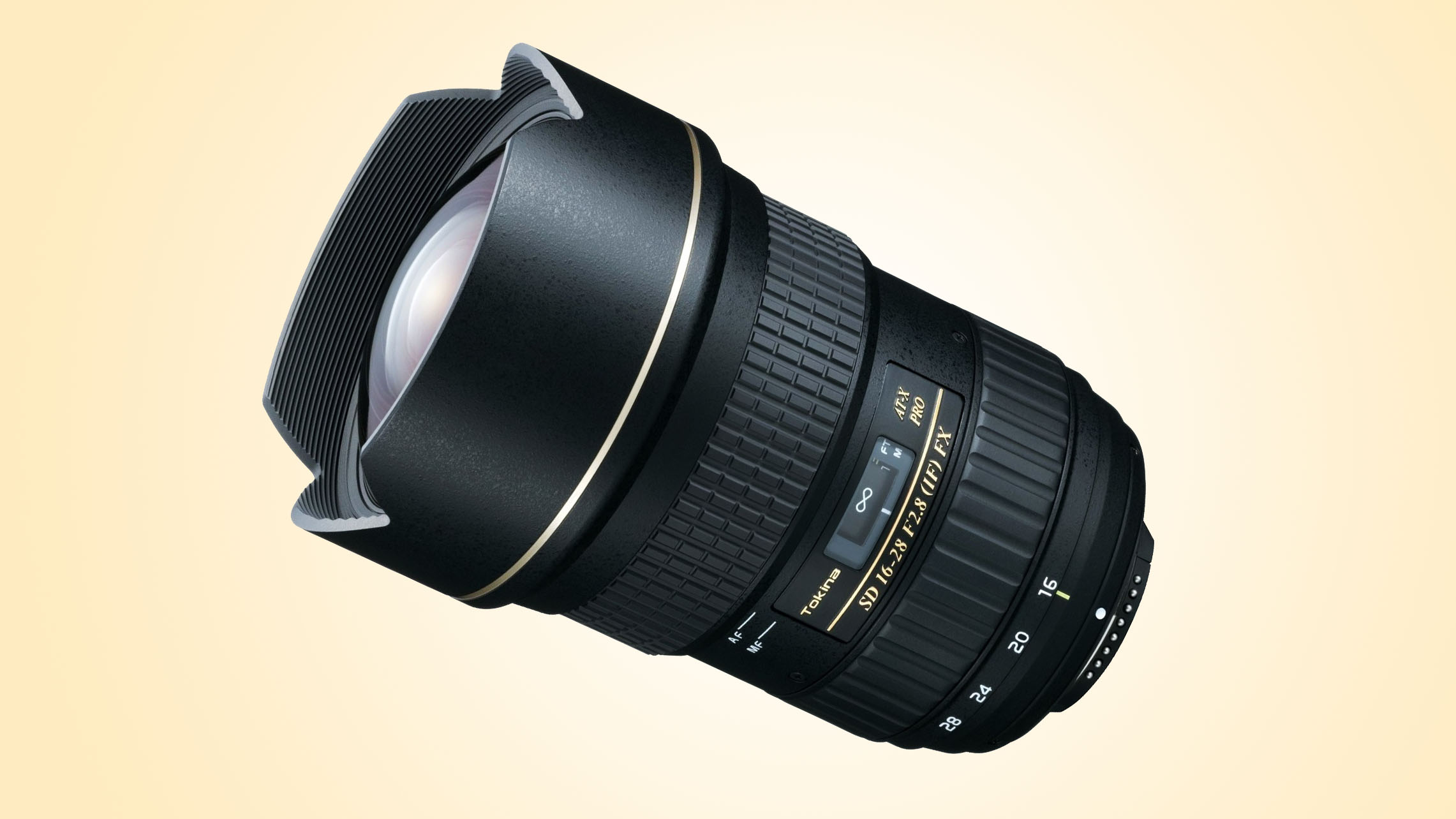
This is a big, heavy lens weighing nearly kilogram (2lb), due in part to that fast f/2.8 constant aperture. The Tokina employs a 'silent' DC autofocus motor and GMR (Giant Magnetoresistance) module, and the company claims this gives faster, quieter autofocus. It's certainly true compared with some of Tokina's older lenses. This lens has Tokina's trademark 'one-touch focus clutch' – essentially a push-pull mechanism coupled to the focus ring, for switching between autofocus and manual focus. It's slicker than some because you don't need to switch between AF/M on the camera body or lens. Handling and image quality are very good, with high levels of centre sharpness and restrained colour fringing, though the corners could be sharper. The built-in hood helps to avoid ghosting but precludes the use of filters.